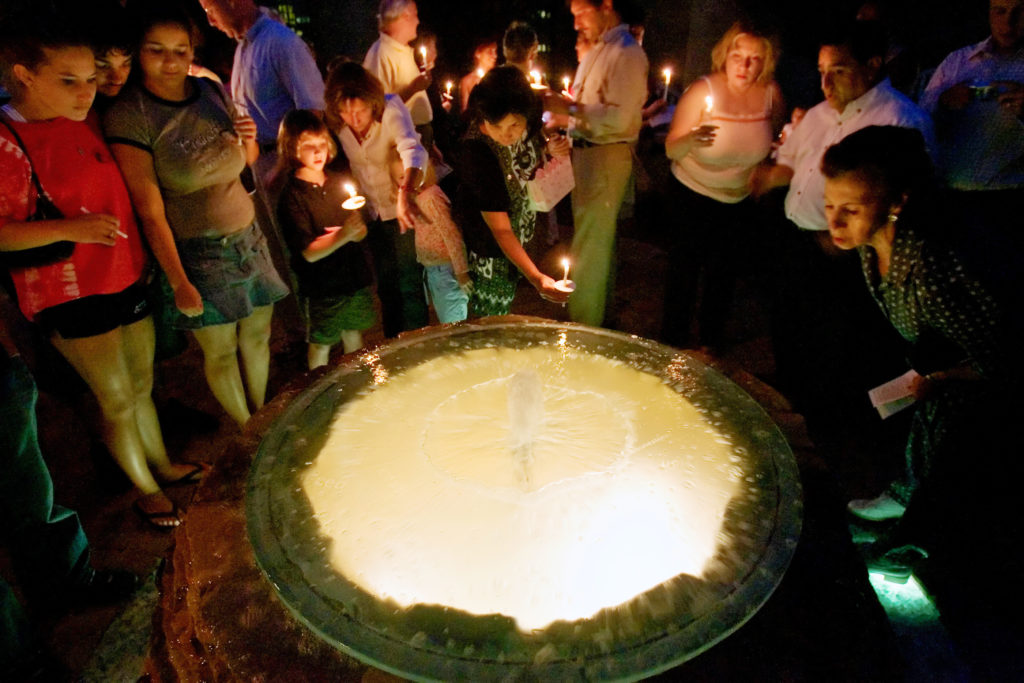While there’s been a nationwide decline in crime rates over the past two-and-a-half decades, it’s still an issue that claims a lot of oxygen and ink. And for good reason.
Though all kinds of initiatives, like better policing, have been credited for the improved statistics, some people believe the answer relies in large part to softer initiatives born in the neighborhoods that are actually bearing the struggle; efforts supported by nonprofits of many stripes.
One example: the creation of neighborhood greenspaces, of which there is often a dearth of in distressed neighborhoods. This is a cause we have been committed to for over two decades. Public health studies in recent years have noted the absence or inadequate presence of trees, parks and open spaces in underserved areas. This was noted in a report we released in 2014 titled Environmental Equality; Providing Nearby Nature for Everyone.
Since that report was released, attention to this particular inequality has continued to grow.
When compared to other inequities, of which there are many, wrote Laurie Mazur in Governing magazine just last month, the lack of neighborhood parks may seem trivial. “But it’s more important than you may think,” she writes.
Mounting research is linking greenspaces to the reduction of a range of different types of crime – including theft as well as acts of violence. As researchers work to better understand why, we’re discovering that the reasons are varied.
The ripple effect of a restored mind
Scientists have shown repeatedly that time spent in nature relieves mental fatigue as well as stress. While this translates to a diverse range of individual health benefits; this ripples into the community as well. The relief of mental fatigue and stress positively impacts “inattentiveness, irritability, and impulsivity, recognized by psychologists as precursors to violence,” according to a City Parks Forum Briefing Paper titled How Cities Use Parks to Create Safer Neighborhoods.
And this is being reflected in crime statistics. The City Parks report referenced research from scientists at the Human-Environment Research Laboratory of the University of Illinois at Urbana-Champaign; their work analyzed green space adjacent public housing in Chicago.
Scientists believe that the sights and sounds of nature “absorb individuals effortlessly, during which time concentration rests and renews,” according to the report. And this mental restoration reduces aggression which in turn influences property- and well as violent crime.
Particularly in the context of challenged neighborhoods though, it is important to note that in order to reap the benefits of nature, green spaces should be maintained, reason being: unkempt spaces could actually have the opposite effect. As we reported in our aforementioned report on Environmental Equality: “If supported and used, a park provides the opportunity to improve and bring together a community, whereas an ignored, derelict park can provide a space of fear, crime, and waste, leading to greater public expenses for a local community.”
Stronger social ties
Unrelated to the individual benefits of spending time in nature; another advantage that researchers point to as influencing lowered crime statistics is the way in which greenspaces help foster and build community. Having quality green spaces encourages social interaction strengthening ties and personal relationships.
Strong social ties are the building blocks of a strong community. “When ties are weak, people feel isolated and unsupported,” wrote authors of the City Parks report. “When ties are strong, people feel empowered to help and protect each other.”
As a society, if we are to achieve the communities we all deserve, nearby access to quality greenspaces must be a key piece of the strategy.

